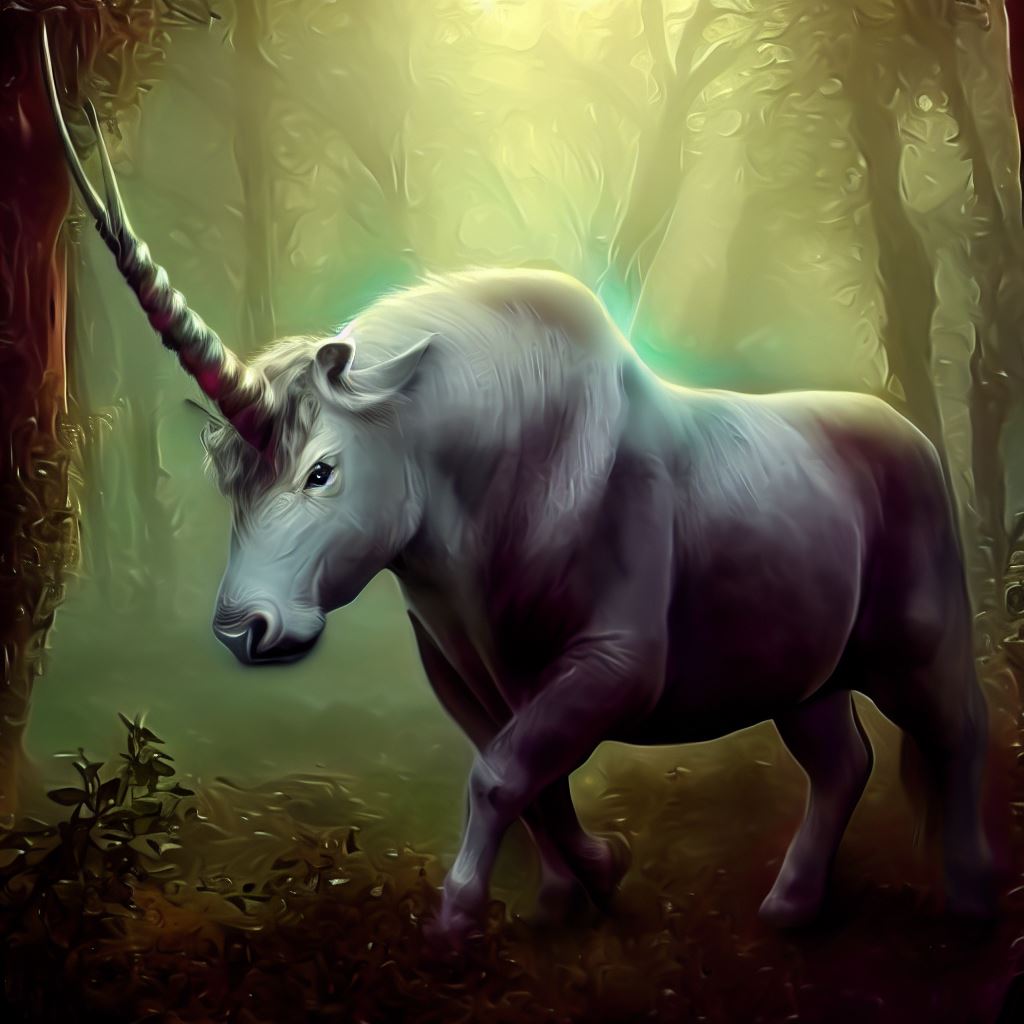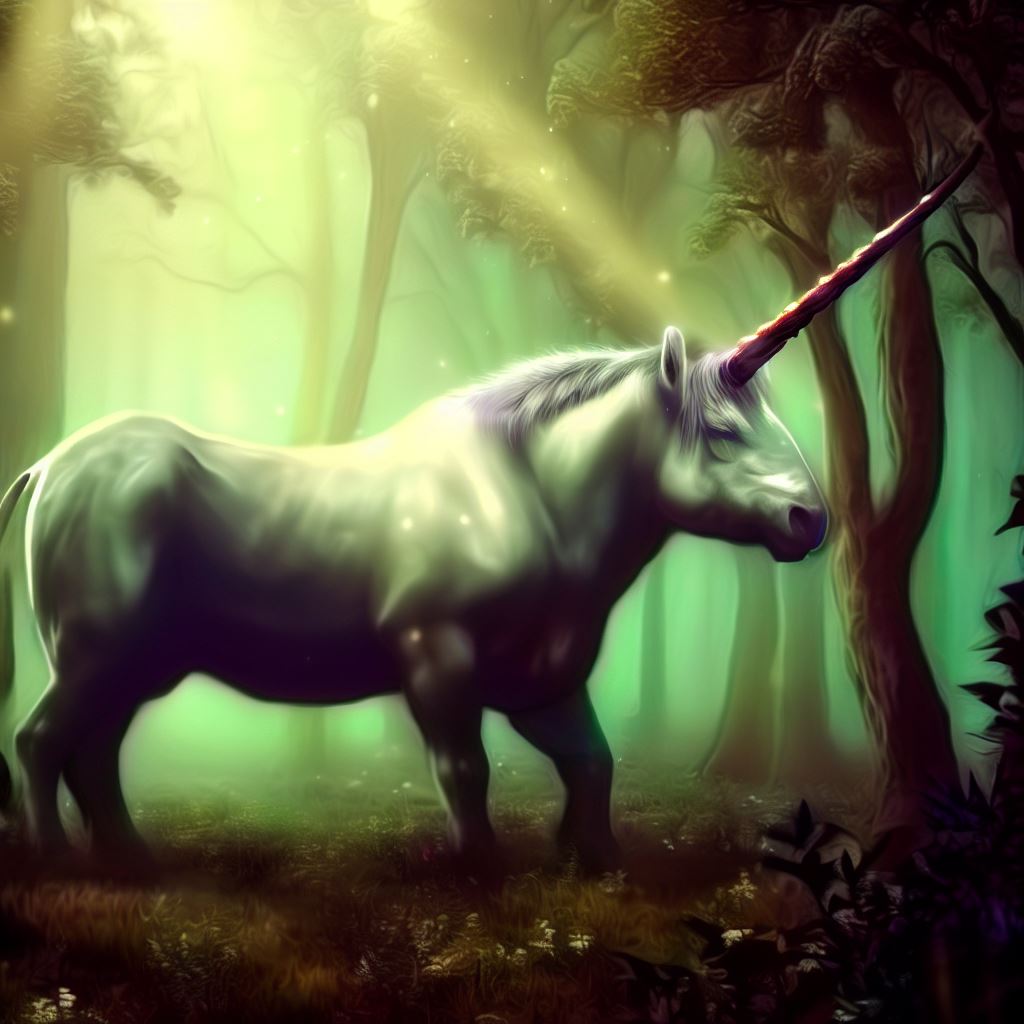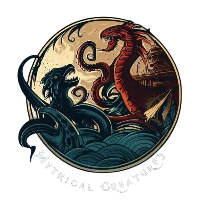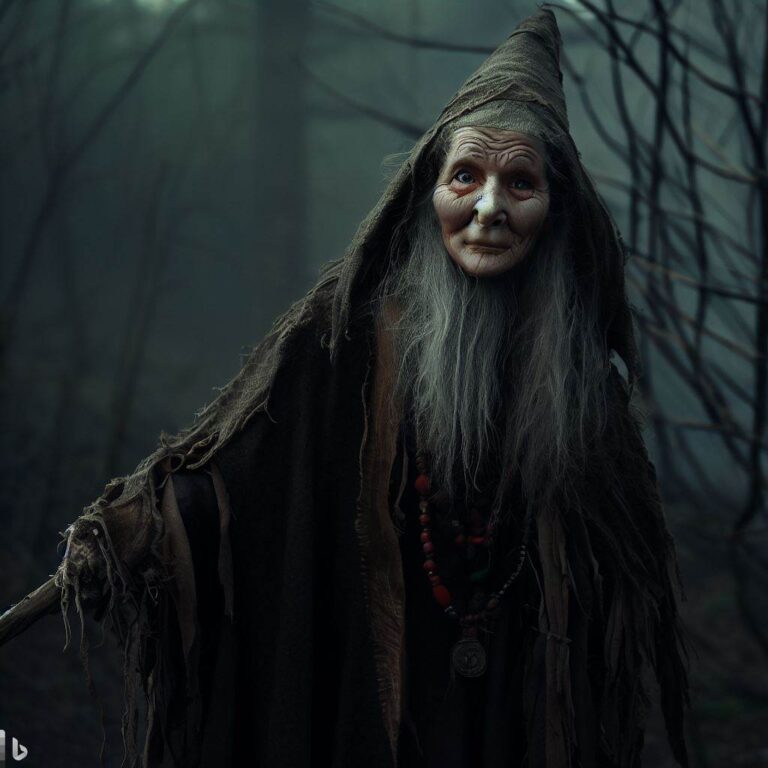
The indrik is a mythical creature that holds an important place in the folklore and spiritual traditions of Slavic culture.
With the body of a bull and a single horn like a unicorn, this legendary beast has rich symbolic meaning and is featured prominently in regional tales and fables.
ads content
Brief about The Indrik
For many centuries, the mystical indrik has been an iconic part of Slavic mythology and folklore. The roots of the indrik can be traced back to ancient pagan beliefs and early Slavic spiritual cosmology before the spread of Christianity in the region.
This article will journey deep into the origins, symbolism, and lore surrounding the holy indrik. We’ll uncover how this magical creature emerged from Slavic pagan thought to become ingrained in stories, songs, art and culture.
Let’s explore the legends and meaning behind the wondrous indrik.
Origins and Etymology of the Indrik
The name “indrik” stems from the old Russian word янтарный (yantarny), meaning “amber”. This refers to the golden, amber-colored horn the indrik was believed to possess. Cognate names exist across Slavic languages, like “jednorožec” in Polish.
Scholars propose that early encounters with animals like the woolly rhinoceros may have influenced myths about the indrik’s origins.
Ancient Slavs came across woolly rhino fossils and living Asiatic rhinos as they migrated east over thousands of years.
Yet it was the spiritual cosmology of early Slavic paganism that truly birthed the idea of the indrik.
It aligns closely with other unicorns and magical horned beasts found in global mythology and reveals the human tendency to weave stories around the natural world.
Description and Symbolism

The indrik is most often depicted as a large, bull-like creature with immense strength. It has a single, long golden horn protruding from its forehead that symbolizes divinity, purity and holiness in Slavic pagan thought.
The indrik’s melodious voice adds to its mystique.
Beyond its physical form, the indrik carries rich meaning:
- The golden horn represents wisdom, enlightenment, and connection to cosmic forces.
- Its white color symbolizes purity, sacredness, and natural order.
- The indrik embodies morality, harmony between humanity and nature, and spiritual transcendence.
For pagan Slavs, the magical indrik maintained balance and justice on earth. It was a key spiritual idea before rise of Christianity. The indrik remains culturally significant today.
ads content
The Indrik in Folklore and Storytelling
The indrik features heavily in the folklore of Russia, Poland, Belarus, Ukraine and other Slavic regions. Some common motifs and tales include:
- The indrik using its horn to cause storms, floods, lightning as a way of enacting divine justice.
- Indrik shape-shifting into different animal forms to conceal its true magical nature from unworthy humans.
- Pure-hearted maidens or spiritual seekers sighting an indrik in the forest, seen as good fortune.
- Seeking out the indrik’s golden horn or white milk for its legendary healing powers.
Specific folk stories depict the indrik bestowing blessings upon the innocent, healing the sick, and punishing the wicked.
This cemented it as a guardian figure in Slavic oral tradition. The indrik was both feared and revered.
Indrik Mythology Powers
The indrik’s mythological powers emphasize its divine status in Slavic pagan thought:
- Controlling natural elements like rain, lightning, fire, and storms.
- Shape-shifting between animal forms to hide its identity and remain elusive.
- Becoming invisible to avoid contact with impure souls who may misuse its magic.
- Healing sickness, wounds, and infertility with the mystical properties of its horn and milk.
These legendary feats reveal why the ancient Slavs regarded the indrik as a god-like protector and cosmic keystone. Its mythological DNA is woven into the very fabric of Slavic spirituality.
The Indrik in Modern Culture
Since the 19th century, the magical indrik has undergone a resurgence in Slavic literature, music, and visual arts.
Slavic thinkers in the 1800s harnessed traditional motifs as part of nationalist cultural projects to celebrate their heritage. The indrik became an icon of the Romantic era.
Today the indrik remains an important emblem of Slavic identity and a gateway into its pagan past.
The popular “Witcher” series references the creature, showing its lasting impact on the Slavic imagination. Though obscured over centuries, the ancient indrik still captures hearts and minds.
Conclusion
The mystical indrik is a captivating reflection of the myths and cosmology developed by ancient Slavic cultures.
While comparable to the Western unicorn, the symbolic indrik remains a unique Slavic creation that enriched regional stories and folk practices before the spread of Christianity.
It represents humanity’s innate urge to make meaning from the natural world through imaginative tales and rich symbolism that endure across generations.
The ancient indrik continues to spark fascination and pride in Slavic communities worldwide.

